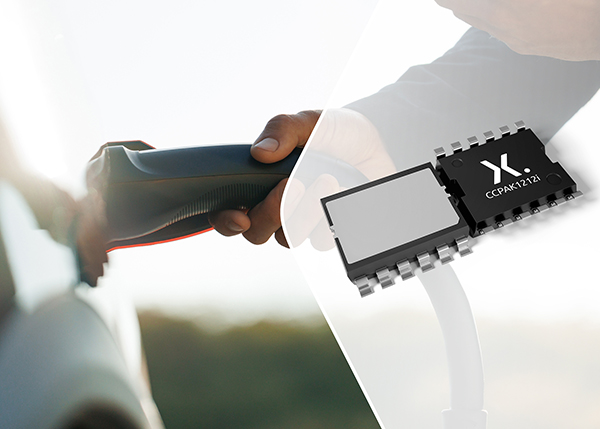Nexperia launches 100 V MOSFET to achieve ultra-low conduction loss for high demand automotive applications
2025-09-22
Nexperia announced today the launch of a new 100V MOSFET that complies with the AEC-Q101 standard, featuring a compact CCPAK1212 (12 x 12mm) copper clip package. This device has ultra-low conduction loss, with a conduction resistance (RDS (on)) as low as 0.99m Ω, and can achieve a safe current of over 460A. The product includes a top and bottom heat dissipation package combination, which is very suitable for 48V automotive applications with strict heat dissipation requirements, including on-board chargers (OBC), traction inverters, and battery management systems (BMS). In addition to passenger cars, the new MOSFET is also suitable for other applications that focus on efficiency and heat dissipation reliability, including two - and three wheeled electric vehicles, DC-DC converters, and industrial high current modules.

Automakers are rapidly shifting from 12V to 48V subsystems to improve efficiency, reduce weight, and extend the range of various electric vehicle platforms. In such high-power applications, minimizing conduction losses is crucial. In the past, designers usually parallel multiple MOSFETs to meet performance requirements, but this approach increases the number of required components and occupies more circuit board space. Nexperia's CCPAK1212 MOSFET features ultra-low RDS (on) and high power density, reducing the need for parallel devices. Thanks to its compact size, it can save up to 40% of PCB space compared to traditional TOLL or TOLT package parallel solutions.
The new generation of 100V trench wafer process platform that complies with AEC-Q101 certification, combined with Nexperia's proprietary CCPAK1212 copper clip package's outstanding heat dissipation performance (Rth (jb)=0.1 K/W), can achieve ultra-low RDS (on), providing key advantages for 48V automotive systems, including high current carrying capacity, high power density, and support for up to 400A safe working area (SOA) ratings at 100V.
In order to maximize design flexibility, this device offers two versions for reverse top heat dissipation (CCPAK1212i) and bottom heat dissipation (CCPAK1212), allowing engineers to flexibly design compact layouts and optimize heat dissipation management solutions based on system requirements.

